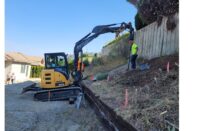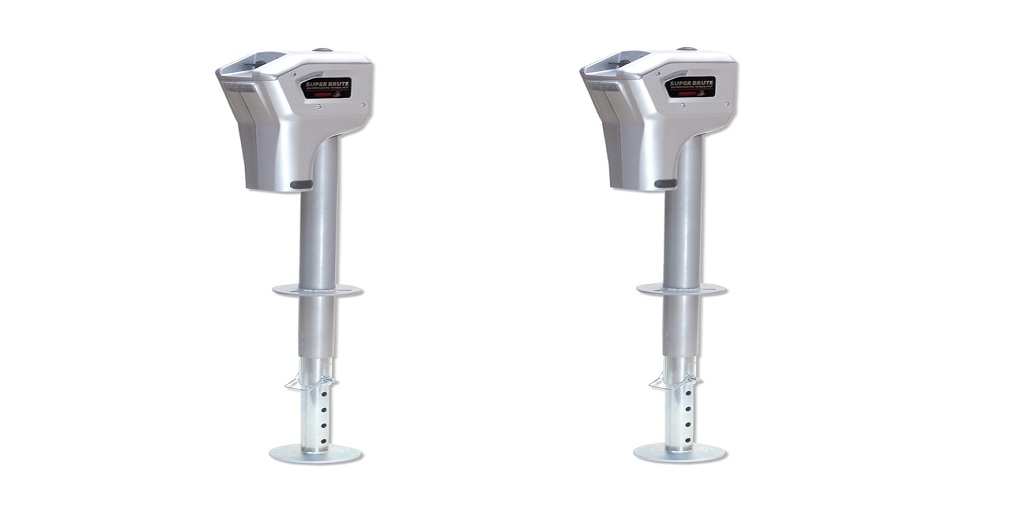When it comes to the foundation of your construction project, one of the most critical decisions you’ll face is choosing the right footing system. Traditionally, concrete footing has been the go-to choice for many builders. However, in recent years, screw pile footing has emerged as a compelling alternative.
In this blog, we’ll delve into the differences between these two options, highlighting their respective advantages and disadvantages to help you make an informed decision for your project.
The Case for Screw Pile Footing
- Versatility: Screw pile footing is incredibly versatile. It can be used in various soil conditions, including clay, sand, and rock, making it an excellent choice for projects in diverse environments
- Speedy Installation: Screw pile footing can be installed quickly, reducing construction timelines. Unlike traditional concrete footing, there’s no need for curing time, which can significantly expedite your project.
- Minimal Environmental Impact: For environmentally conscious builders, screw pile footing is a great option. It requires less excavation and results in less soil disturbance, minimizing the project’s impact on the surrounding environment.
- Year-Round Installation: Screw pile footing can be installed throughout the year, regardless of weather conditions. This is in contrast to concrete footing, which may be delayed or compromised by adverse weather.
- Stability: Screw piles provide excellent stability, anchoring your structure securely to the ground. They are highly resistant to lateral forces and can support substantial loads.
- Cost-Effectiveness: Due to the faster installation and reduced site preparation requirements, screw pile footing often proves to be more cost-effective than concrete footing in both materials and labor.
The Case for Traditional Concrete Footing
- Proven Track Record: Concrete footing has been the standard in construction for decades and has a well-established track record for providing stable foundations.
- High Load-Bearing Capacity: Concrete footings can support extremely heavy loads, making them suitable for large and tall structures.
- Durability: When properly constructed, concrete footings are highly durable and can withstand the test of time.
- Predictable: The properties of concrete are well-understood, allowing for precise engineering and planning.
- Aesthetic Options: Concrete footings offer design flexibility, and they can be finished in various ways to match the aesthetics of your project.
Making the Right Choice for Your Project
Choosing between screw pile footing and traditional concrete footing ultimately depends on your project’s specific needs and constraints. Consider the following factors:
- Soil Conditions: Assess the soil at your construction site. Screw pile footing may be more suitable for challenging soil types.
- Project Timeline: If you have a tight construction schedule, screw pile footing’s quick installation could be advantageous.
- Budget: Evaluate your budget and weigh the cost-effectiveness of each option, considering both short-term and long-term expenses.
- Environmental Impact: If you prioritize eco-friendliness, the minimal environmental impact of screw pile footing may be appealing.
- Load Requirements: Consider the structural load requirements of your project. For heavy loads, concrete footing may be more appropriate.
Conclusion
Both screw pile footing and traditional concrete footing have their merits and are suitable for various construction scenarios. To make the best choice, it’s essential to conduct a thorough site assessment and consult with professionals who specialize in each method, such as Atlas Piling. Their expertise can help you navigate the decision-making process and ensure that your project’s foundation is strong and stable. Whether you opt for the versatility of screw pile footing or the time-tested reliability of concrete footing, making an informed choice is key to the success of your construction project.












